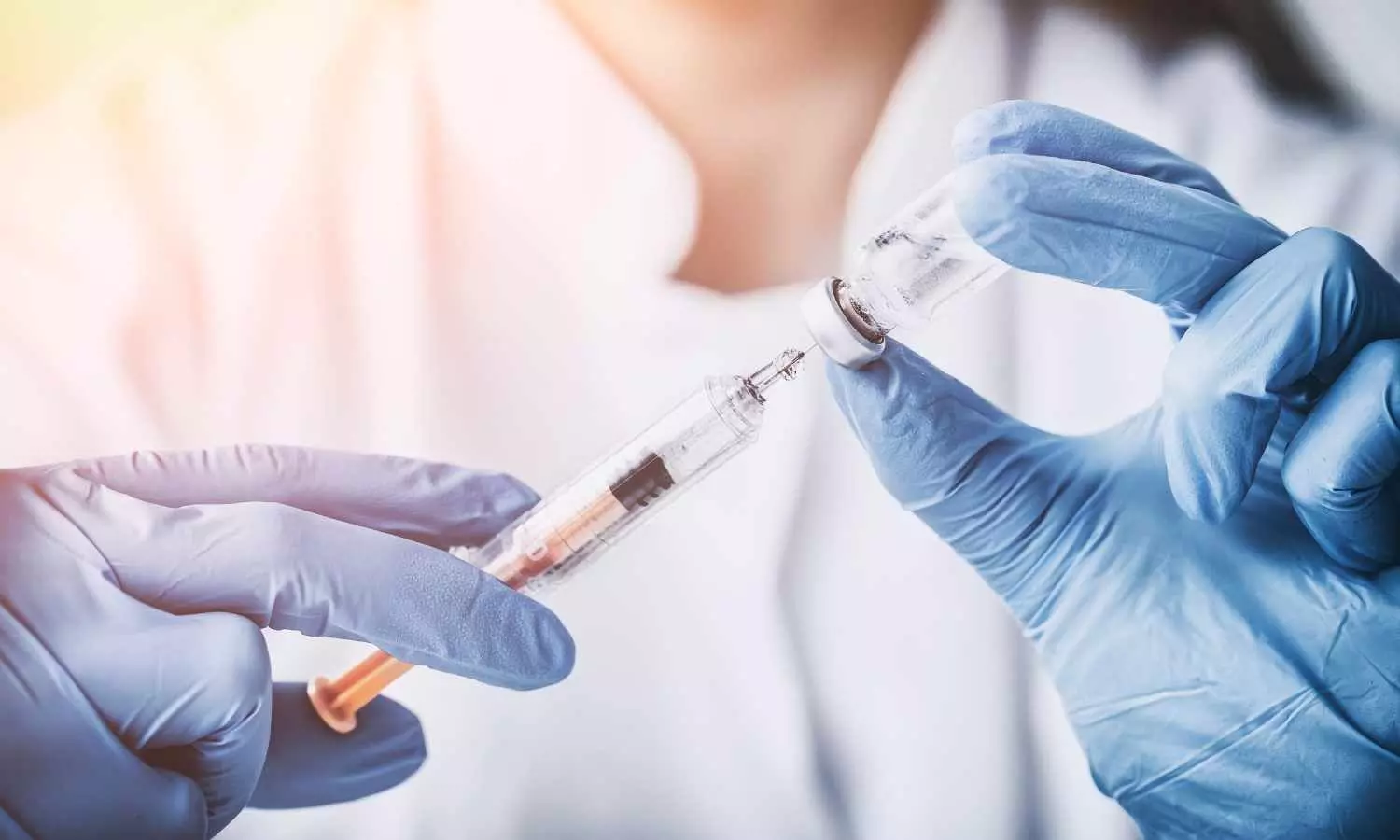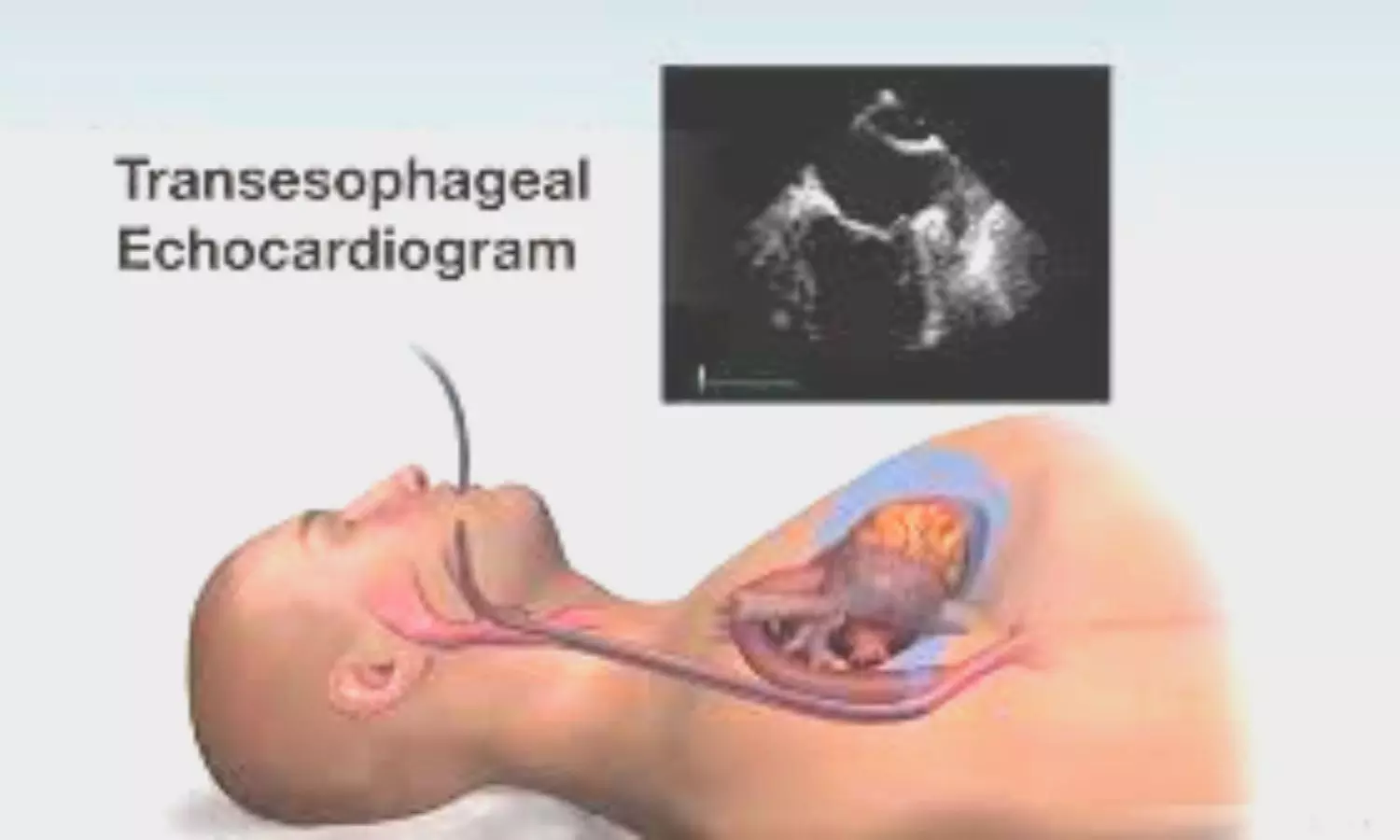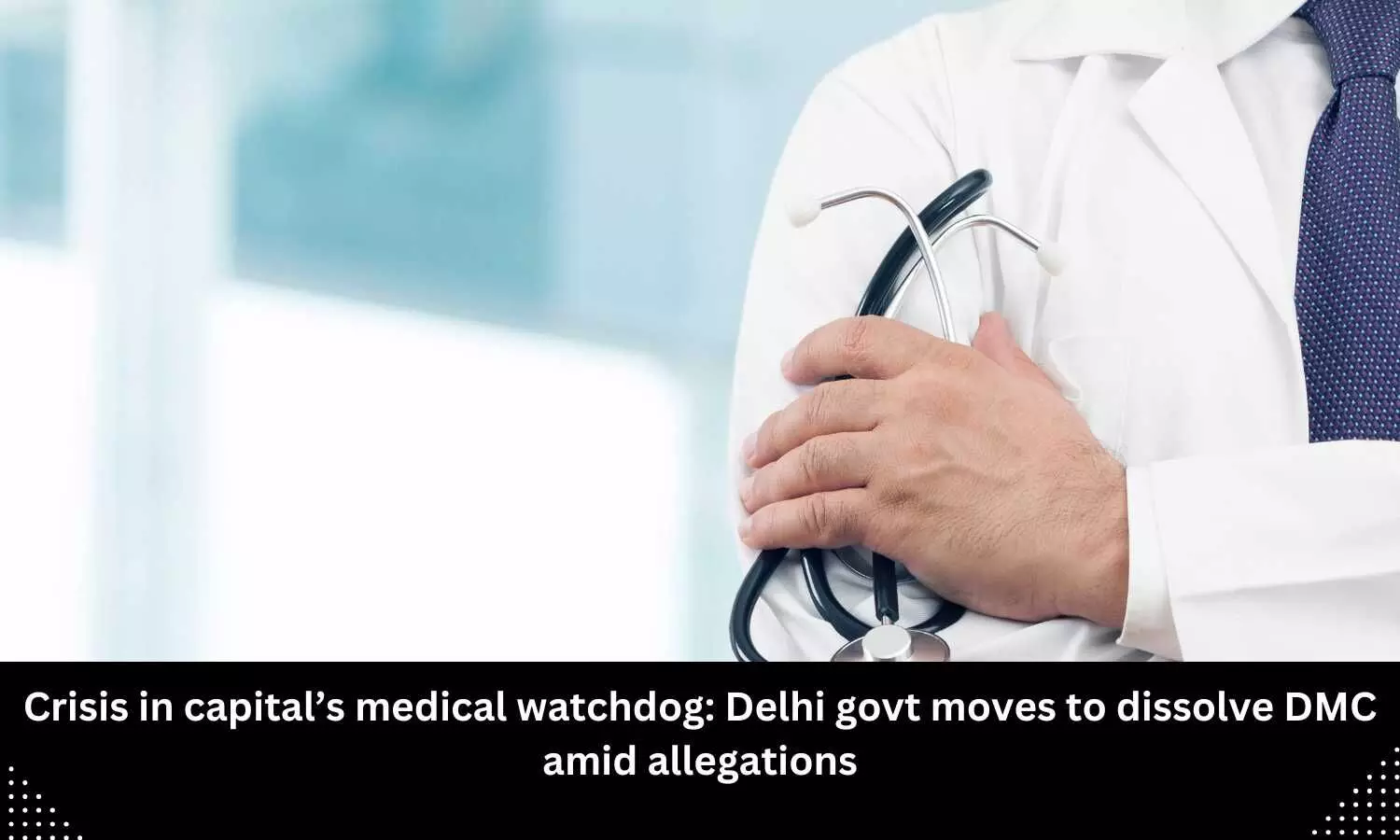Eating avocados during pregnancy associated with lower food allergy risk in baby: Study

An observational study among 2,272 mother-child pairs in Finland found that infants had 44% lower odds of developing food allergies at 12 months if their mother consumed fresh avocado during pregnancy, after adjusting for other lifestyle, delivery, and maternal health factors.
Decades of research have explored the relationship between maternal diet and allergic outcomes in infants, but this is the first published study to link avocados in the maternal diet to a lower risk of infant food allergies-a growing public health concern that affects nearly one in 13 children, or roughly two in every classroom, according to Food Allergy Research and Education (FARE).
Given food allergy has reached epidemic levels, the Avocado Nutrition Center supported this research to grow the world’s understanding of how avocado, a food with nutrients that support fetal and infant development, may further benefit children.
“As a caregiver, the growing prevalence of food allergy feels very scary and out of my control,” says Sari Hantunen, study author and Senior University Lecturer at the University of Eastern Finland. “There is no cure for food allergy, but promising prevention and therapeutic strategies are in development as well as emerging research such as this. Based on these findings, it’s encouraging to know that eating avocados may provide even more value to maternal and children’s health, beyond the benefits that have already been established through scientific research.”
Researchers analyzed data collected from 2013 to 2022 as part of the Kuopio Birth Cohort (KuBiCo). Avocado intake was assessed using an online food frequency questionnaire during the first and third trimesters. Participants who reported eating any avocado (>0 grams) in either trimester were defined as avocado consumers, and non-consumers were those who did not report consuming any avocado in either trimester.
Infant allergic outcomes, including rhinitis, paroxysmal wheezing, eczema, and food allergy, were evaluated at 12-months of age. After adjusting for factors such as maternal and gestational age at delivery, education, diet quality, smoking, alcohol consumption, BMI in the first trimester, and breastfeeding, food allergy was found to be significantly higher in infants of non-avocado consumers (4.2%) versus avocado consumers (2.4%). No associations were found for other allergic conditions when all other factors were considered.
Mothers who consumed avocado during pregnancy tended to be older at delivery, be less likely to undergo a caesarean delivery, be a non-smoker, breastfeed for a longer duration, have higher diet quality scores, and have lower BMI levels in the first trimester.
Findings from this study cannot establish causation or be applied to all audiences, and while more research is needed to understand the exact mechanism, they underscore the value of avocados which provide the following nutrients per serving (1/3 medium avocado):
- A good source of fiber, a nutrient most Americans under-consume
- A good source of folate, essential for fetal neural and heart development
- Lutein (136 mcg), critical for proper eye development in utero
- Naturally good fats (mono- and polyunsaturated fats), vital for early structural and functional brain development
The Dietary Guidelines for Americans recommends pregnant women eat 2 ½ to 3 ½ cups of vegetables a day and toddlers aged 12-23 months eat 2/3 – 1 cup per day. One avocado counts as a cup.
Reference:
Cheng, F.W., Bauer, E., Ford, N.A. et al. Avocado consumption during pregnancy linked to lower child food allergy risk: prospective KuBiCo study. Pediatr Res (2025). https://doi.org/10.1038/s41390-025-03968-4.
Powered by WPeMatico






